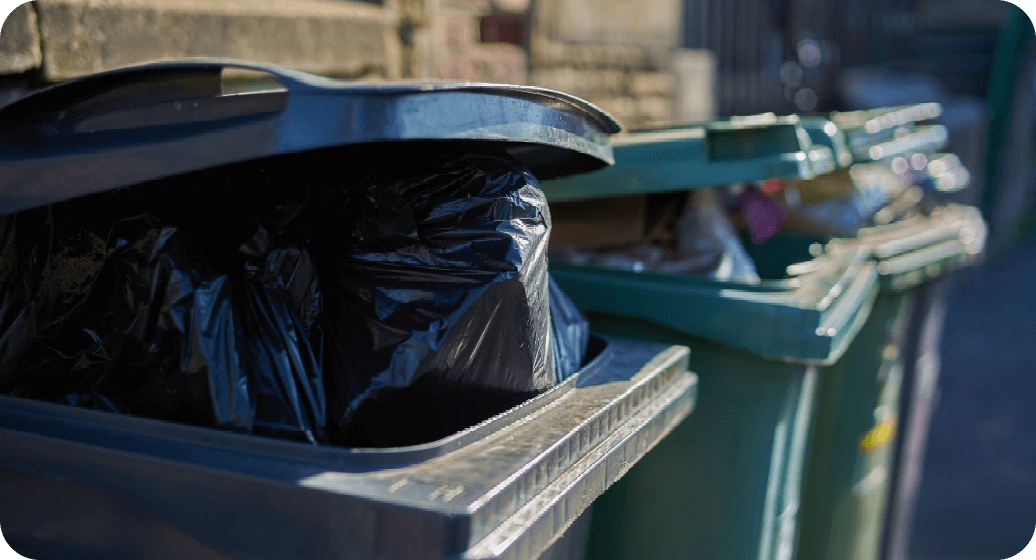As cities worldwide evolve into smarter, more connected ecosystems, managing waste sustainably has become one of the most pressing challenges. Among various waste categories, electronic waste—or e-waste—poses unique environmental and health risks due to toxic components like lead, mercury, and cadmium. To tackle this, forward-thinking municipalities and recycling firms are adopting e-waste monitors to enable smarter, data-driven waste strategies.
Understanding the Role of an E-Waste Monitor
An e-waste monitor is a digital system designed to track, measure, and report electronic waste collection and disposal. Unlike traditional bins or manual data collection, these monitors use advanced sensors, IoT integration, and real-time dashboards to provide precise insights into e-waste levels. For modern cities, where sustainability is not just an option but a requirement, waste monitoring through these devices ensures transparency, accountability, and efficiency in handling discarded electronics.
1. Real-Time Visibility for Better Planning
One of the biggest advantages of a real-time e-waste monitor solution for smart cities is visibility. Traditional waste systems rely on fixed schedules or manual checks, often leading to overflowing bins or underutilized collection resources. With real-time tracking, smart cities can:
- Dispatch collection vehicles only when bins are full.
- Reduce unnecessary trips, lowering fuel consumption and emissions.
- Plan optimized collection routes, saving both time and costs.
This data-driven approach not only supports sustainability goals but also makes waste management systems more adaptive to the rapid urban growth seen in today’s megacities.
2. Tracking and Reporting for Accountability
Sustainability real-time
e-waste monitor solutions for smart cities is as much about monitoring performance as it is about implementation. An e-waste monitor with tracking and reporting features allows city authorities, recycling companies, and regulators to track waste volumes, collection frequency, and recycling outcomes in a transparent manner.
With advanced analytics, these systems provide detailed reports that help:
- Measure compliance with government recycling regulations.
- Identify high e-waste generation zones in the city.
- Enable recycling firms to forecast demand for resources like metals and plastics.
This transparency ensures accountability across the entire waste chain—from households and businesses to municipal bodies and recycling plants.
3. Helping Recycling Companies with Efficient Operations
Recycling companies play a critical role in smart city ecosystems, and having the best e-waste monitoring system for recycling companies directly improves their efficiency. By receiving accurate, real-time data about e-waste inflows, recyclers can:
- Plan staffing and processing capacity effectively.
- Reduce operational costs by avoiding bottlenecks.
- Ensure valuable materials such as copper, aluminium, and rare earth metals are recovered efficiently.
A smart monitoring system bridges the gap between waste generators and recycling facilities, creating a more circular economy where fewer materials end up in landfills.
4. IoT-Enabled Solutions for Smarter Waste Management
The integration of IoT into waste systems is revolutionizing urban sustainability. An IoT-enabled e-waste monitor for sustainable waste management goes beyond simple collection monitoring. These systems employ connected sensors, cloud platforms, and AI-driven analytics to create a holistic waste ecosystem.
IoT integration enables:
- Predictive analytics to anticipate when and where waste will accumulate.
- Integration with smart city dashboards for centralized management.
- Automated alerts for maintenance, security, and theft prevention of high-value e-waste.
This seamless interconnectivity ensures that waste management aligns with other smart city initiatives like intelligent traffic systems and energy-efficient utilities.
5. Supporting Sustainability Goals in Smart Cities
Smart cities are designed with sustainability at their core. By adopting e-waste monitors as part of their infrastructure, municipalities can:
- Reduce environmental impact by ensuring proper disposal of hazardous materials.
- Promote recycling and material recovery to conserve natural resources.
- Engage citizens in responsible e-waste disposal through mobile apps linked to waste monitoring systems.
Ultimately, effective monitoring reduces landfill pressure, lowers pollution levels, and contributes directly to achieving national and international sustainability goals such as the UN’s Sustainable Development Goals (SDGs).
Conclusion
As electronic waste continues to grow rapidly, it is best to adopt an e-waste monitor is no longer an option but a necessity for sustainable waste management in smart cities. From real-time e-waste monitor solutions for smart cities to systems equipped with tracking and reporting features, and from the best e-waste monitoring system for recycling companies to advanced IoT-enabled e-waste monitors for sustainable waste management, the benefits are undeniable.

